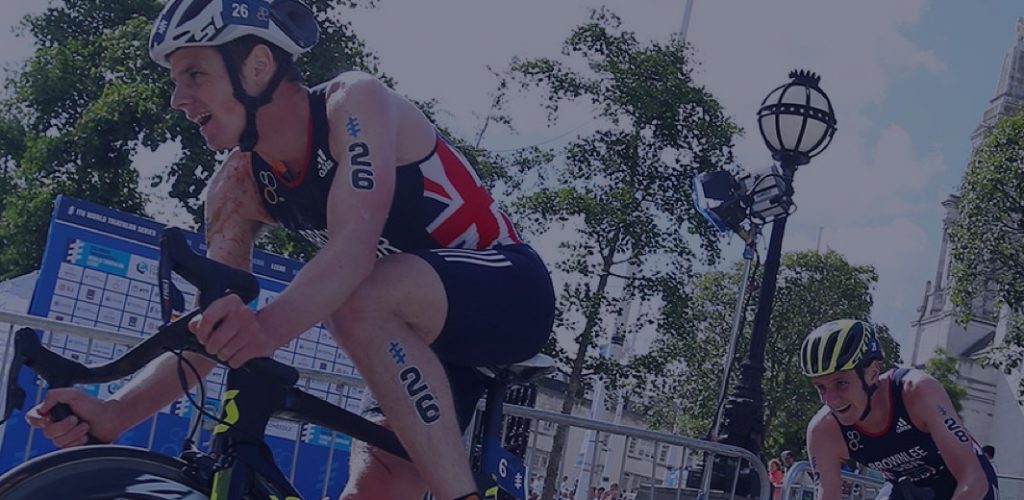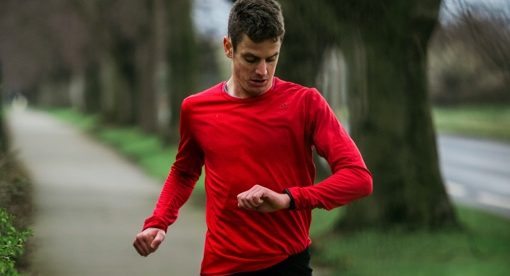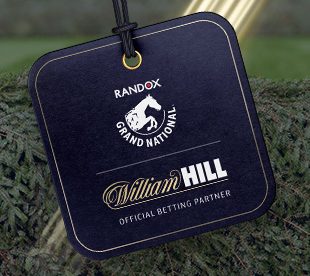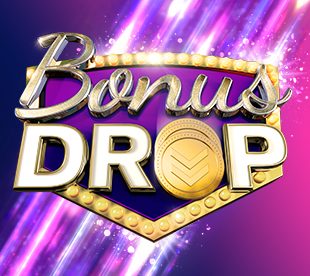Triathlon
Diet of a Triathlon Athlete with Jonny Brownlee

The triathlon is a multi-discipline sport, with most events following the traditional pattern of swimming, running, and cycling. Event distances vary from Sprint and Olympic, Half Ironman and Ironman. The most common is the Olympic discipline of a 1.5km swim, 40km ride and 10km run, with a typical duration of 1h50m – 2h30m. Given the training demands and prolonged nature of the event, optimal nutritional practices are likely to impact performance positively.
In contrast to single modality sports, triathletes need to balance training for all three sports within their weekly schedule. This often results in trying to fit in 2-3 sessions a day, and juggling food intake around this. Triathletes should aim to be well fuelled and hydrated for key training sessions, as well as for races. The correct amount of food and fluid consumed before, during and after training can maximise performance during exercise, and optimise recovery once training or competition is complete.
There is the temptation to presume that a triathlete’s diet is focused on fuel, in particular, high levels of carbohydrate intake. However, the actual needs depend on the amount and intensity of exercise done.
Protein-rich foods should be eaten to meet daily requirements, maintain lean body mass and aid muscle repair. In addition, an intake of enough healthy fats and a large range of fruits and vegetables will ensure good immune function. Also, drinking plenty of water is important, as dehydration can cause fatigue, loss of concentration and reduced performance.
As a professional duathlete and triathlete, Jonny Brownlee’s achievements are very impressive. A two-time World Sprint Triathlon Champion, he was crowned the Triathlon World Champion in 2012, and won silver in both 2013 and 2016. He also won bronze in the triathlon at the London 2012 Olympics, and gained a silver medal at the 2016 Olympic Games, narrowly missing out on the gold to his brother Alistair.
Jonny took some time out of his busy schedule to talk to us about his diet and how he changes it according to his training load, in addition to what a typical training day looks like for him. He also shared his top tips on how we can all maintain a healthy diet plan that we can stick to in the long-term.
Q&A with Jonny Brownlee
On a typical training day, what do you eat for breakfast, lunch, dinner, and snacks?
For breakfast, I’ll have porridge with red berries, banana, and honey, or Greek yogurt. I’ll then snack on a hot cross bun or have some toast. For lunch, I’ll have a ham and pepper omelette with a side salad, followed by Greek yogurt and muesli for pudding. In the afternoon, I’ll snack on Greek yogurt or toast. Alternatively, I’ll have a nutritional bar before a hard session, or a protein bar after a hard session. For dinner, I usually have fajitas and salad, or meatballs and pasta. If it’s been a long training day, then I’ll have apple crumble and custard to finish.
What are your perfect pre, during and post-race fuels and hydration?
The night before a race, I’ll have chicken and rice as it’s simple on the stomach. For breakfast I’ll have porridge and toast, and a nutritional bar two hours before. I’ll then sip on an energy drink until the race starts, but have no more than 750ml.
During the race, I’ll have one 750ml bottle of an energy drink, plus one bottle of water, and gels.
Post-race, I’ll hopefully get to have a sip of champagne on the podium, but I’ll definitely have a recovery shake, and normally a burger and chips as a treat!
How might you adapt to a reduced training load?
If I’m injured, or if it’s a Friday (when I have an easy day), I will take out all the snacks I have, and avoid simple sugars for the day. As I suffer from sugar highs and lows, I’ll take out any chocolate snacks, avoid pudding, and not have honey with my yogurt. For lunch, I’ll just have an omelette without the toast.
Depending on the time of year and your level of activity, how does this affect fuel and hydration?
In the winter, I actually eat the most and have less of a plan. We’re training long miles, and it’s so cold, so food is a reward! After seven hours in the snow, you need a good, hearty meal, so I eat what gets put in front of me.
Sometimes it’s hard to drink on the bike in winter because it’s cold, so I end up drinking lots of tea at cafe stops.
I like having a big breakfast in winter. Quite often we cram our training in because of the short days. I’ve been making bircher muesli the night before and taking it to my morning swim session so I can refuel immediately.
In the summer, I have much more of a plan. Training is more specific, with
less miles. I try to avoid simple carbs as much as possible and refuel immediately with protein after hard sessions.
This is normally in the form of a protein bar because it works better with my stomach. I take a carb drink on my hard bike sessions. I want my legs and aerobic system to be the restrictive factor, not my nutrition.
What does your typical training day look like, from waking up to going to bed?
Every day is different. I train 30-35 hours a week – 10 hours of running, 15-20 hours of riding, and about seven hours of swimming – plus two gym sessions a week.
Wednesday is my longest day. I wake up at 6.45am, and swim 6km between 7.30-9.30am, before eating my bircher muesli. I then run approximately 14km at 10am, and then have a decent lunch. After that, it’s a 1pm ride for four hours with a café stop, where I manage approximately 100km. Then it’s a stretch in the late afternoon.
Monday and Friday are easier days, whereas Tuesday is the most intense day, with a hard swim in the morning, and a hard run in the evening. On Thursdays I have a hard swim in the morning, followed by a hard bike day, and Saturdays consist of a hard run session day, and a long ride.
How many calories do you burn on a typical training day?
We actually did a study on this a few years ago. On the hardest days, we can burn 6,000-7,000 calories, so we need to eat a lot, which is one of the perks!
Five top tips on how to maintain a healthy diet plan
1. Stick to the plan
It needs to be a long-term plan if you want to continue with eating healthily, as it will then become a habit. There may be days where you don’t eat so well – and if so, don’t beat yourself up and try to overcompensate the next day. Just go back to your plan, and eat consistently well.
2. Incorporate goals into your plan
For example, eat a minimum of five fruit and veg a day, or limit yourself to eating chocolate once a week.
3. Reward yourself
That doesn’t necessarily mean with food! Everyone has different ways of rewarding themselves. It could be a simple pat on the back, but you need to acknowledge the fact that you are sticking to the plan, and that’s a good thing!
4. It’s always easier if someone is eating the same way as you
Whether it’s a friend or a housemate, it means you can share the good recipes – and the not-so-good ones – which makes it easier to stick to the plan.
5. Eat something as soon as you can after exercising
You should eat something ideally within 20 minutes after finishing your workout, as it will stop you from coming home starving and emptying the fridge!





